Paphs in the Orchid Conservation Center in Poring (Sabah; Malaysia -Borneo)
In 2015 I again had the opportunity to vacation for a week at the headquarters (1800 m) of Kinabalu Park (Sabah, Malaysia) on the island of Borneo. On a well-developed network of paths in the park you could find various orchids - occasionally even Paph. viruses. Two plants from Paph. rothschildianum were cultivated in pots behind a fence in the park's small botanical garden.
On a previous visit to Kinabalu Park I had with a park ranger Paph. volonteanum and Nepenthes rajah can be seen in the Mesilau area of the park at an altitude of 2000 m. Unfortunately, an earthquake in spring 2015 destroyed this part of the national park.
Since we wanted to see lady's slippers in their natural environment this time too, we visited the Conservation Center in Poring (Sabah, Malaysia - Borneo) on the recommendation of the park rangers to be able to see lady's slipper orchids in their natural state alongside many other orchids.
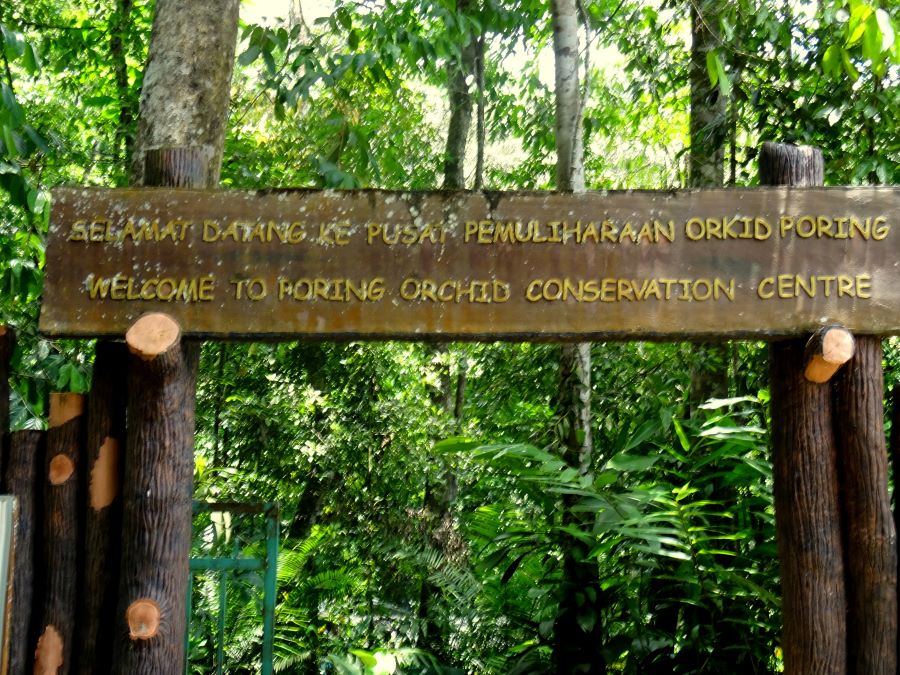
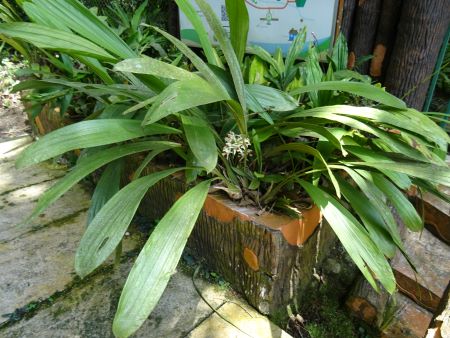
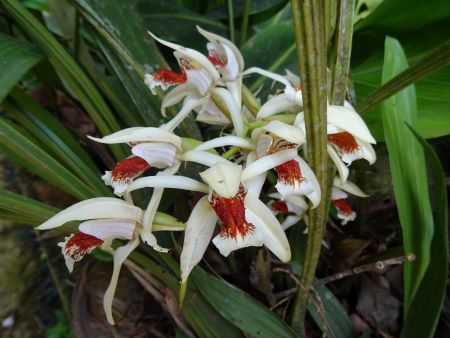
Here, many epiphytic orchids were attached to the trees next to existing plants, which grew well after a short time and also produced flowers. These plants can be viewed quite easily from a good network of paths.
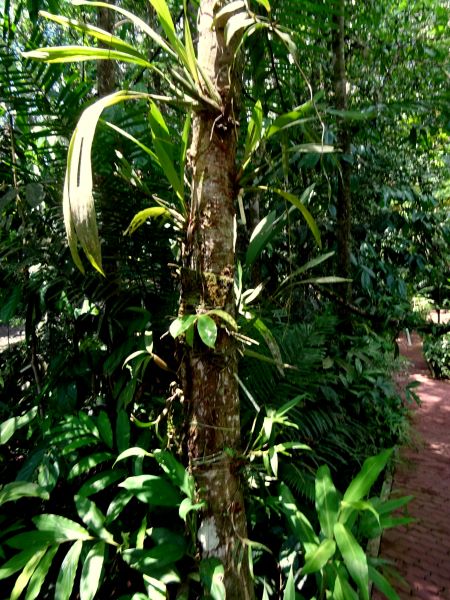
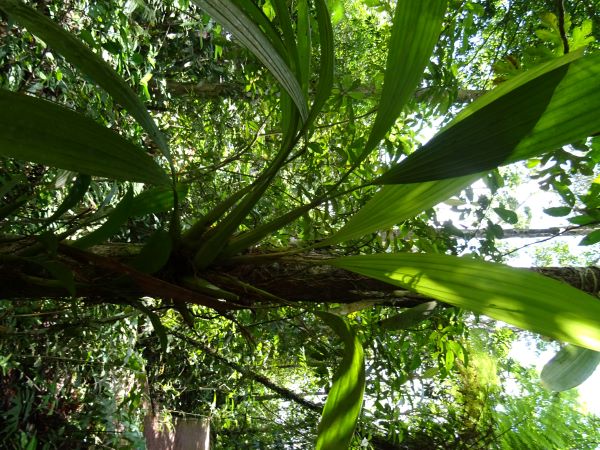
The almost daily rainfall creates an extensive root system.
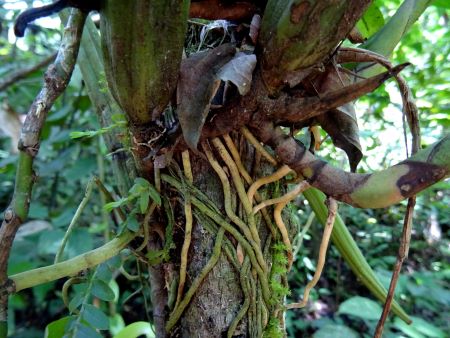
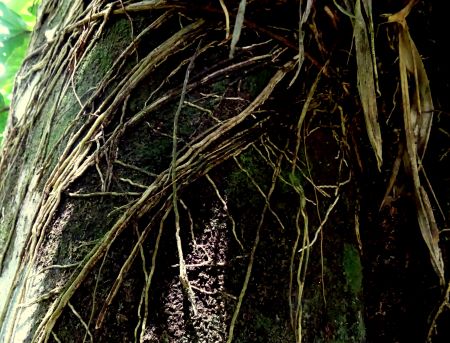
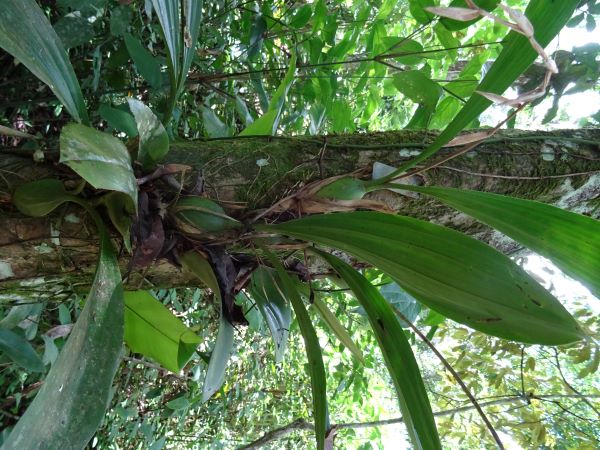

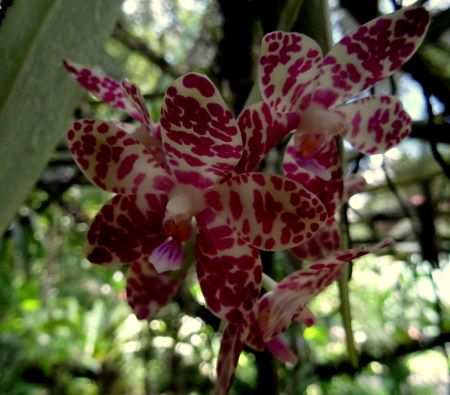
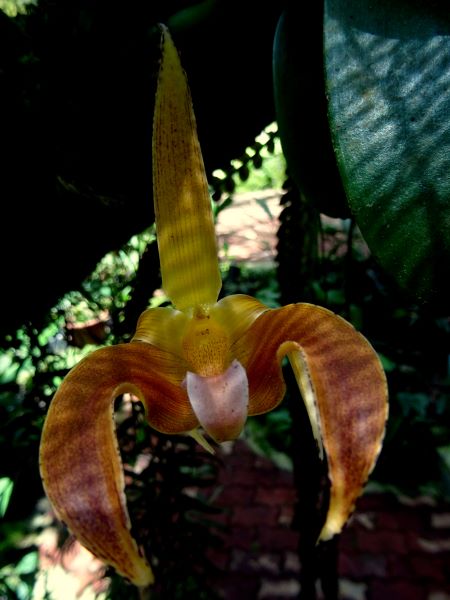
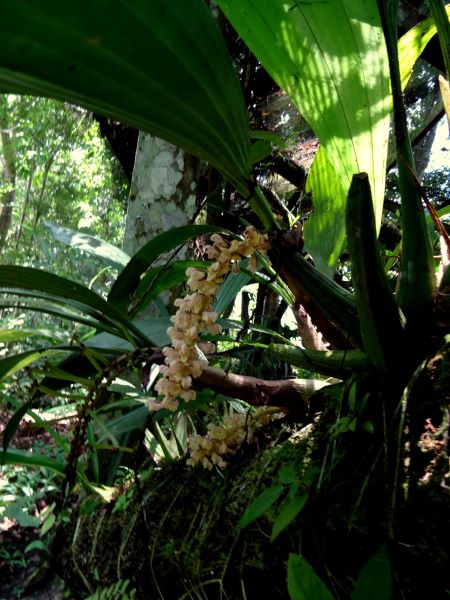

A few lady's slippers are cultivated in pots. A special rarity, namely the natural hybrid between Paph. rothschildianum and Paph. dayanum, was just in bloom – Paph. x kimballianum
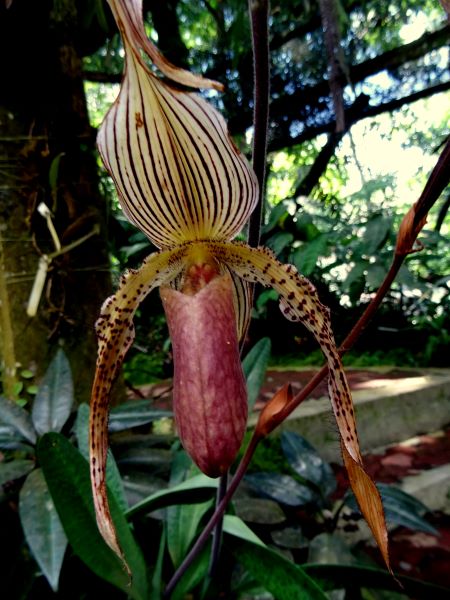
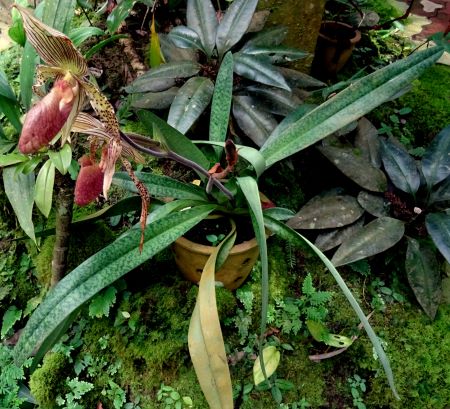
But also Paph. dayanum and volonteanum from the Penatan area and Paph. volonteanum, virens and lowii from Bukit Hampuan can be seen either in pots or planted directly in the ground
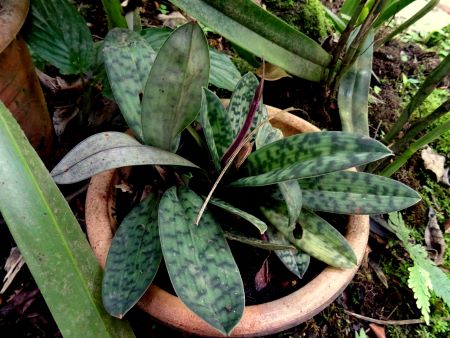
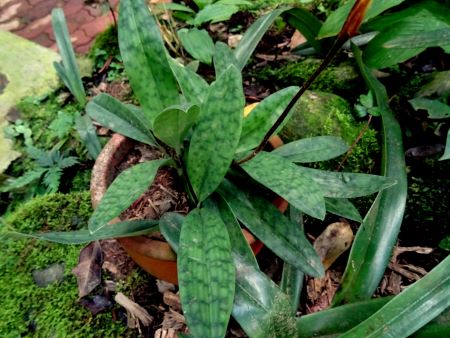

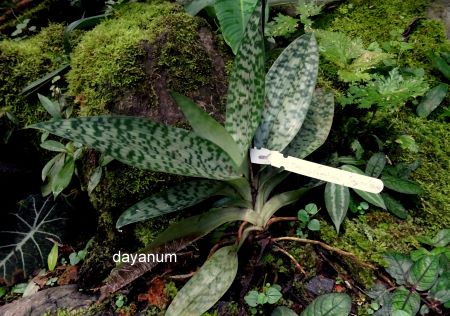
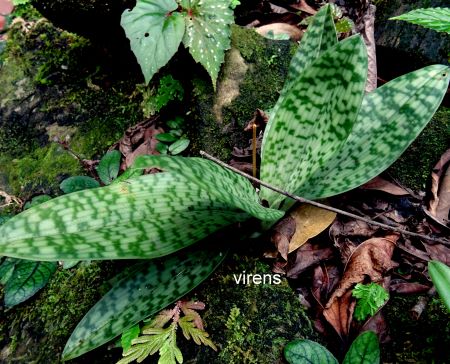
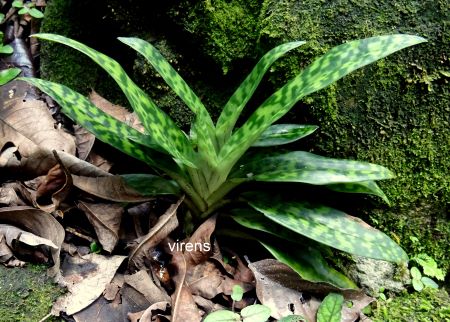
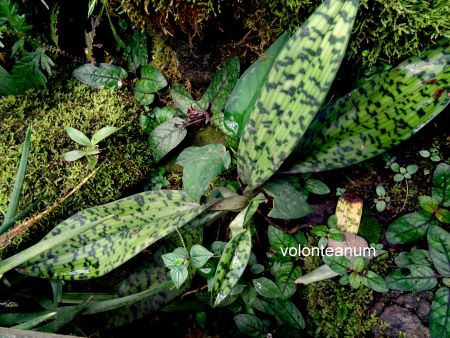
What was striking, however, were the many plants in Paph. rothschildianum, which were found here in the Conservation Center.
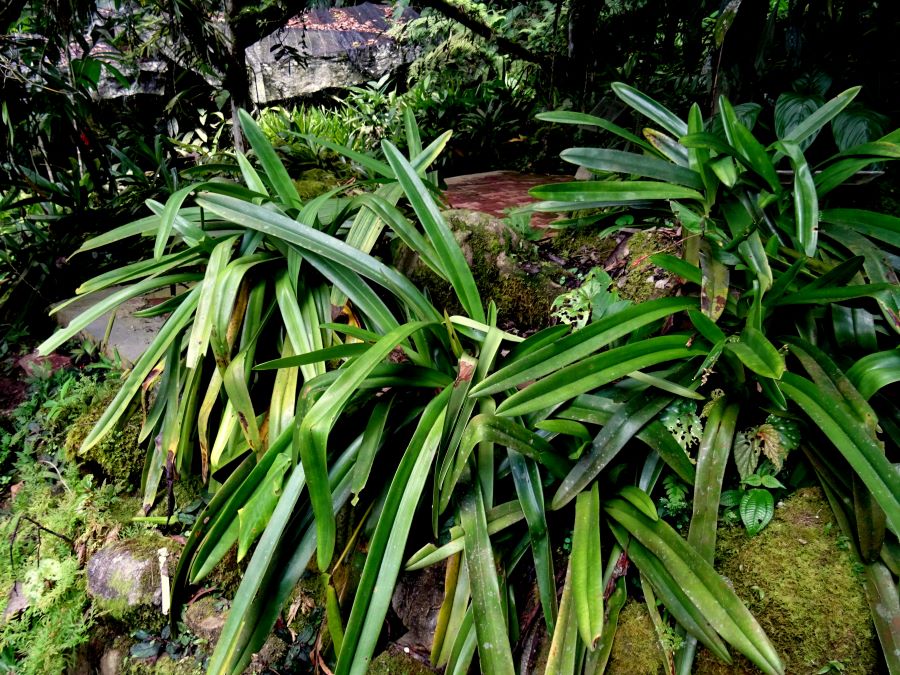
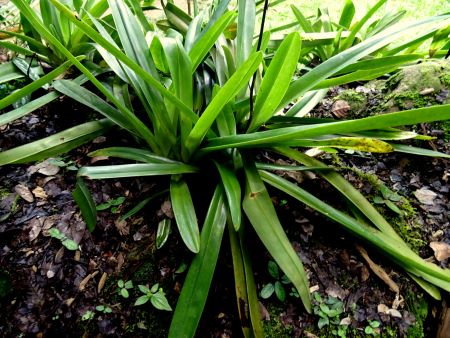
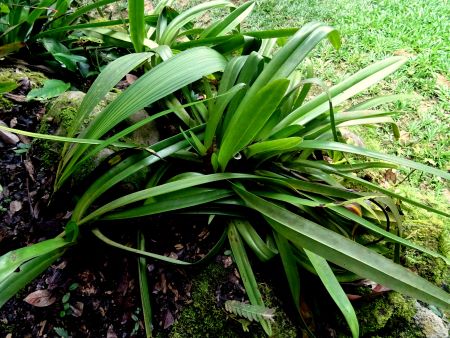
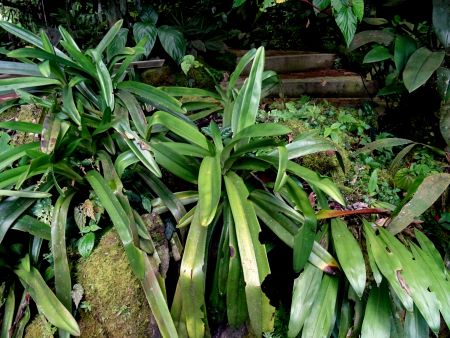
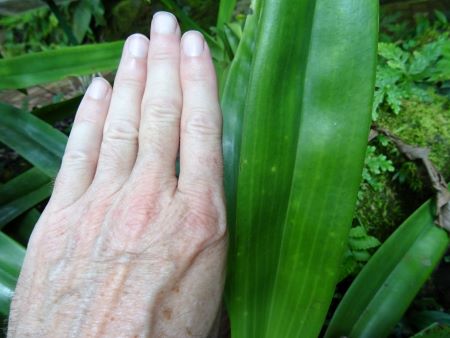
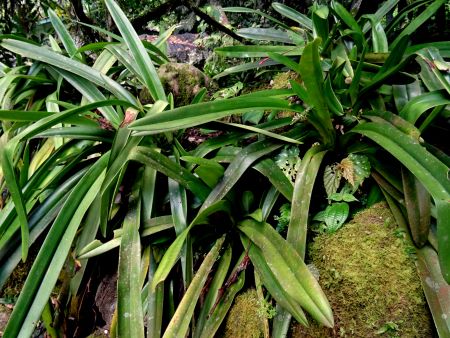

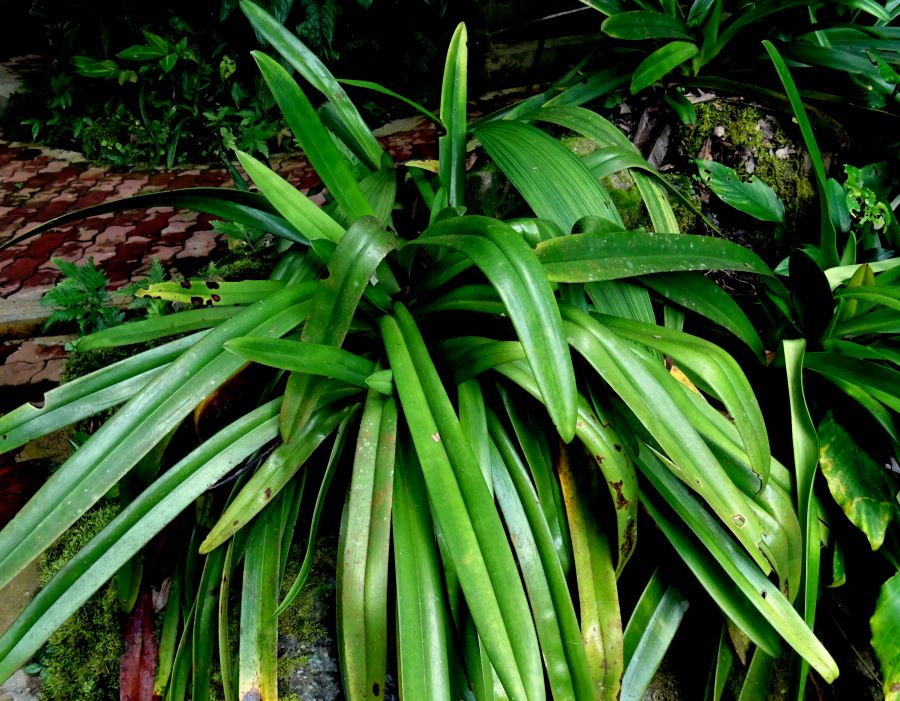
These plants have developed very well here. What was striking was that only a few of them had flowered so far. A possible reason for this could be that the climate here in Poring is consistent at 800 meters. We now know that Paph. rothschildianum in its natural location requires a night temperature of around 10° C in November/December in order to induce flowering.
In issue 4 2011 of the German Orchid Journal (VDOF), Ernst Grell has some interesting information on the subject of Paph. rothschildianum summarized, which I would like to reproduce here:
The natural locations of Paph. rothschildianum were unknown for a long time. On the occasion of a visit by Prince (now King) Philipp to Kota Kinabalu, an orchid expedition led by Sheila Collenette was commissioned in 1959 to procure decorative flowering orchids for the entrance portal of a botanical garden. There were 12 flowering Paph. rothschildianum was found in the Penatan area north of Mount Kinabalu and immediately brought to Kota Kinabalu. These plants later traveled to London as a gift to the Queen of England and were handed over to the Kew Garden in London for cultivation.
In the following years, other locations in the Penatan area became known. However, most of these plants have been plundered.
In 1987 there were semi-grown plants of Paph. rothschildianum at the known locations from offspring bred in Germany was released into the wild. After a few years these plants disappeared - they had probably not survived or had been poached again.
In 1979 A. LAMP and A. BACON found another location of Paph.. rothschildianum at Bukit Hampan, about 20 km south of the previously known Penatan area. This location was above the Poring Hot Springs and below the Mamut Copper Mine. Many Paph. rothschildianum grew here - especially the young plants were so dense that it was almost impossible to enter this area. Although this location was easily accessible, the unprotected location could be kept intact and secret for a long time.
This area was formerly a nature reserve, but was set aside for the use of the copper mine. This meant that the new location of the plants was no longer designated as a nature reserve. Environmentalists sought support from Prince (King) Philipp, who was also chairman of the WWF at the time, and the Malaysian government of the state of Sabah in Borneo, so that this place would become a nature reserve again.
However, at that time, Asian foreigners were seen in the area near the new location. A large number of the Paph. rothschildianum were immediately collected and brought safely to the headquarters of the national park and the Conservation Center in Poring. You can marvel at these plants there today.
The protection of the area around Bukit Hampan was pushed forward - but the local population was not involved. Protecting this area would have had a negative impact on the lives of the local population.
During the dry season of 1991, several fires were set in this area and this site was destroyed by Paph. rothschildianum was destroyed!!!
After staying at the Conservation Center, we deserved a refreshment in the hot springs' "bathtubs." The sulphurous, hot water that comes from the earth is mixed with cold water to create a pleasant bathing temperature. When I first visited these hot springs, you had to bathe in makeshift tubs - but in recent years this tourist destination has been largely expanded.
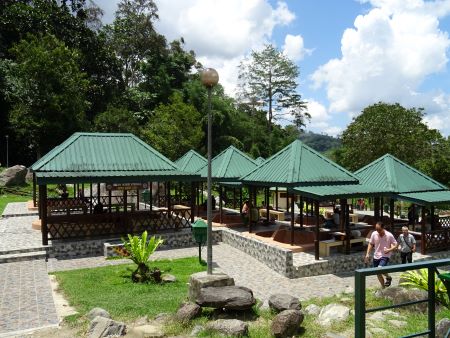
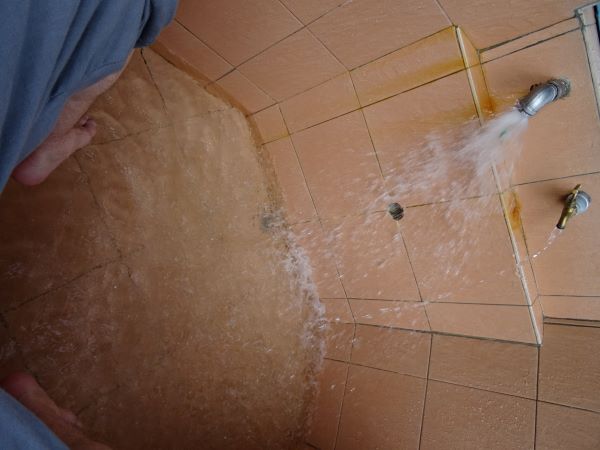
On the way back the taxi driver took us to another botanical rarity: a Rafflesia is currently blooming - a leafless and parasitic plant that unfortunately only blooms for a few days.

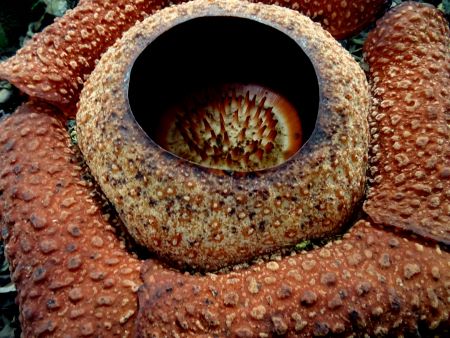
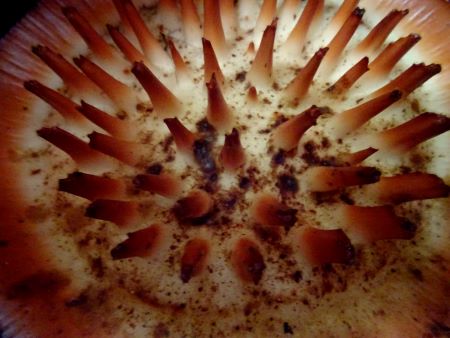
Two locations of different Nepenthes directly next to the main road also aroused our interest.
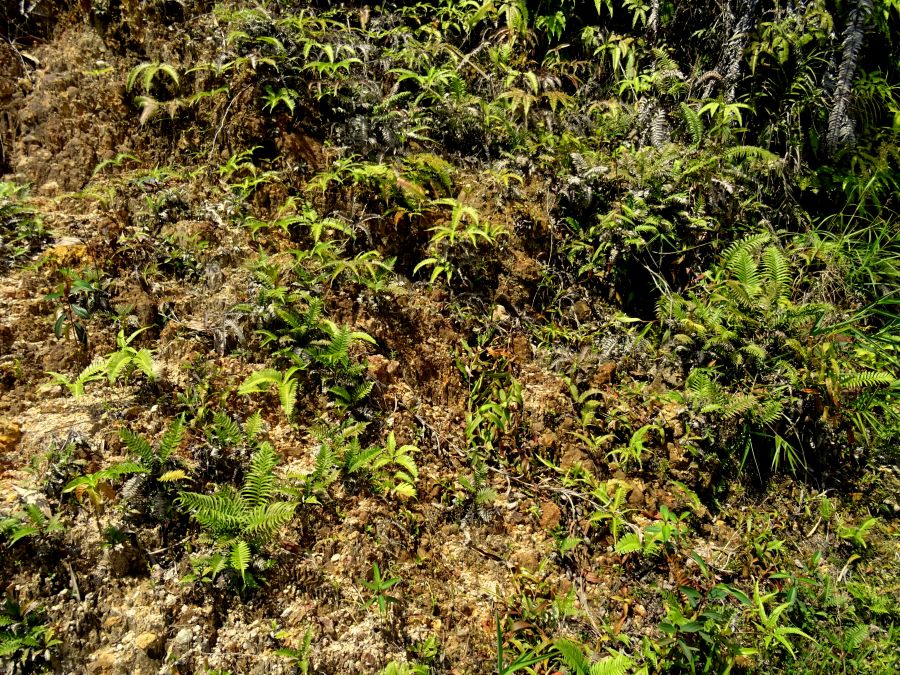

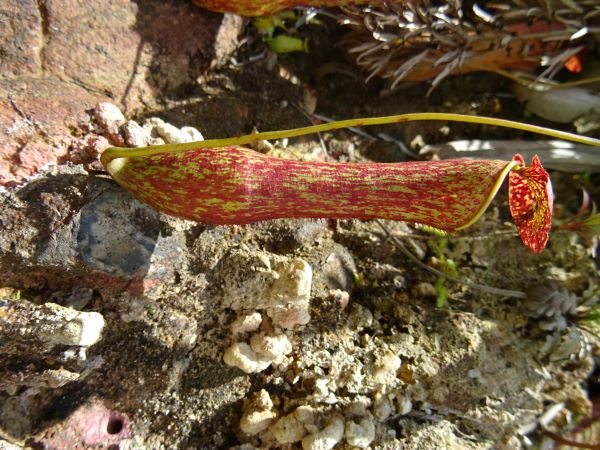
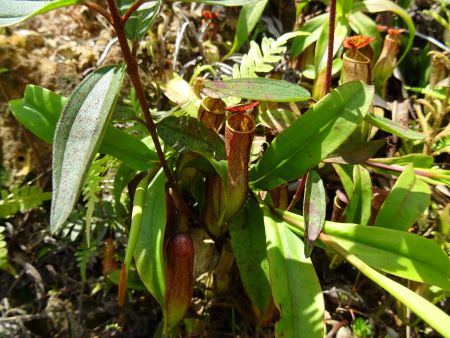
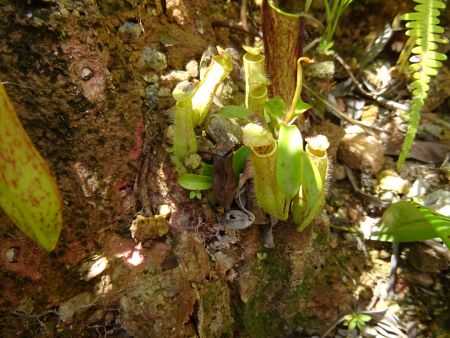
This eventful day ended in the evening with the largest butterfly in the world - the Atlas spinner (Attacus atlas):



